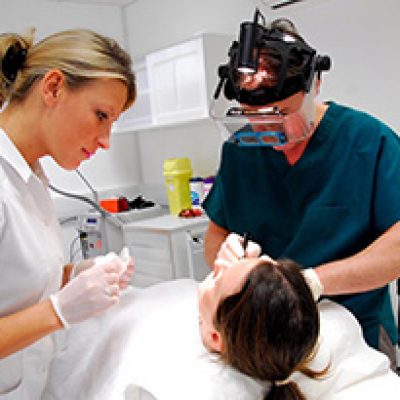Earlobe Repair
Do you have any of these?
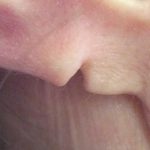
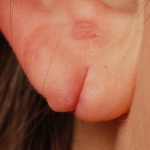
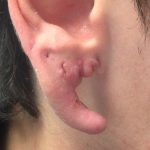
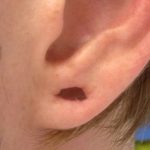
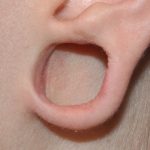
Do you have a torn, split, expanded or large earlobe that is making you feel self-conscious about your appearance or causing physical discomfort?
We have the solution.
With the fashion of heavy earrings and expander jewellery, stretched, torn or split earlobes are a common problem affecting men and women. On a positive note, in the majority of cases we are able to repair your earlobe using a straightforward and effective procedure. It can be carried out under local anaesthetic and involves few risks and complications.
We perform a significant number of earlobe repairs at the Chiltern Medical Clinics, so we are very familiar with this type of injury and will use our experience to give you the best possible medical and aesthetic outcome.
Every person and case is different. It’s best for us to see you face-to-face to discuss your individual case, potential treatment and answer any questions you may have at this stage.
Before & After Pictures
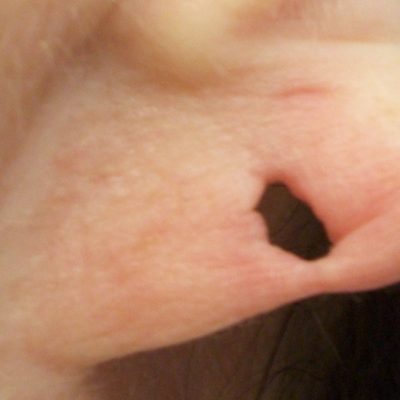
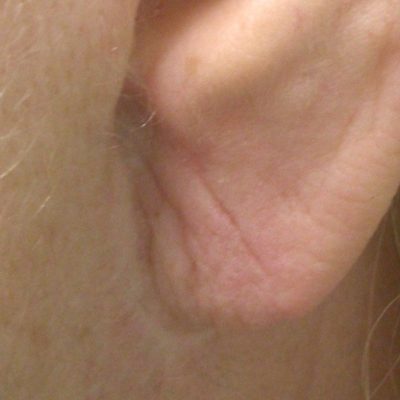
2 Weeks Post Surgery
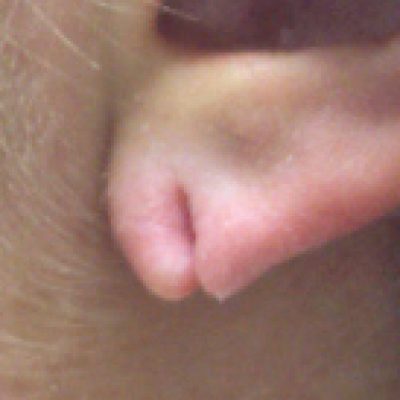
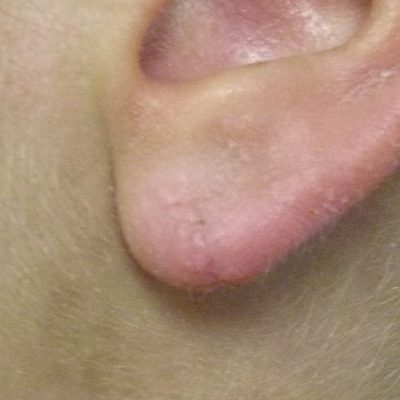
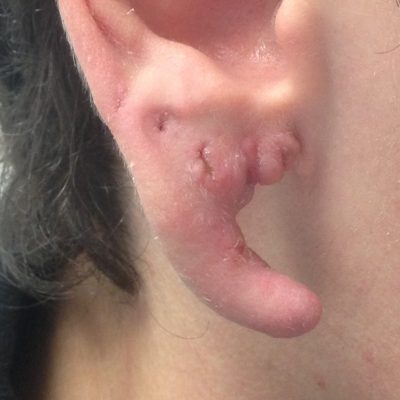
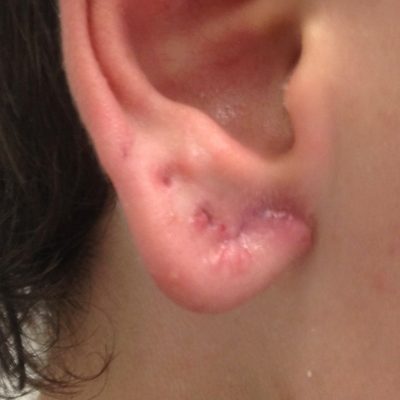
Earlobe repair Frequently Asked Questions
The practice of wearing earlobe stretching jewellery has been common for centuries in indigenous populations throughout the world, but it’s only in recent years that it has gained popularity here in the west.
If you have worn expander jewellery in the past you will know that once your earlobes are stretched beyond a certain point, they will not return to their normal, pre-expanded size. This is when earlobe repair surgery is necessary.
The surgery for expanded earlobes is similar to split earlobe repair surgery and is achievable with good results.
We will repair your earlobe(s) under local anaesthetic. This procedure is usually very well tolerated and the discomfort experienced is minimal.
During the procedure, we will remove the torn skin edges and stitch the fresh edges together with sutures, which will need to remain in place for 1-2 weeks depending on the clinical situation. This is decided at the time of surgery. We will ask you to return to one of our clinics on an agreed date to have sutures removed.
To protect your earlobes and help the healing process, we will normally apply steri-strips over the sutures, and advise you to keep them dry for at least 2 days.
Yes. Depending on your individual case, we can treat one or both earlobes at the same surgical treatment session.
The healing time for earlobe repair is generally 1-2 weeks.
We will give you a handout with specific post-op advice about your procedure so that you have this to refer to at any time after your treatment. We’ll also talk you through everything you need to know before your surgery.
Generally speaking, post-op care is as follows:
- The steri-strips should be left in place and kept dry for at least 2 days. If the steri-strips are kept dry however, they can be left on for longer and indeed until the sutures are removed.
- You may be given an antibiotic ointment to apply to the treated area after the steri-strips are removed.
- It is advisable to keep the area clean and dry, and the use of a hair dryer should be avoided in the first few days.
- The first follow-up appointment should take place after 1-2 weeks, when the sutures will be removed.
- Heavy exercise for the first few days is not advisable as it may lead to a situation where trauma could occur to the treated area.
- It is recommended to sleep with three or four pillows for the first couple of nights to minimise swelling.
The final result after split earlobe repair is usually a thin, neat linear scar which generally fades and softens over the ensuing months and years. If you have an expanded earlobe repaired, you can usually expect a central area of scar tissue.
It is better to close the piercing or tear fully rather than to leave an opening during surgery. This is because the earlobe can be re-pierced at a later date on a site outside of the scar tissue. This means your earlobe will be less vulnerable to future damage.
The minimum time you should wait before piercing your ears again is 6 weeks. However, we would advise you to allow between 3-6 months after surgery and to start with small stud earrings. Repaired earlobes are weaker than uninjured earlobes and, if heavy earrings are used again, the problem may recur. It is important to try to pierce the earlobe in a site outside the area of scar tissue as this tissue will be stronger and less likely to tear in the future.
It has not been unheard of for people to go back to work after this procedure; however, we would recommend that you are free on the day of your earlobe repair just in case there is some pain – simple painkillers are recommended in this situation.
If you have a cosmetically sensitive job, it is worth noting that the stitches and indeed the steri-strips will be visible for the first week. We recommend that you avoid swimming or using a sauna or jacuzzi for at least 2 weeks post-procedure.
Thankfully, we find this to be a safe and low risk procedure. One risk associated with any surgery is that the treatment fails, i.e. the earlobe fails to close or remain closed.
Infection is always a risk with surgical procedures and this would be treated with antibiotics if it occurred.
There will always be a scar on skin when it is cut deeply and you should expect that there will be a scar to the earlobe after an earlobe repair procedure. The appearance is usually very acceptable, however, and we have not had any problems with bad scarring after these procedures.
In our practice, we have not had any infections associated with this procedure.

